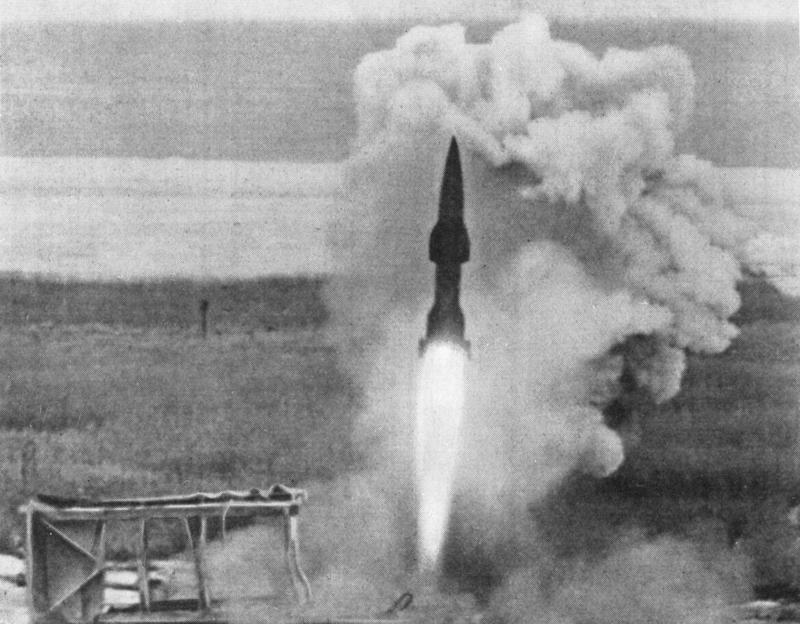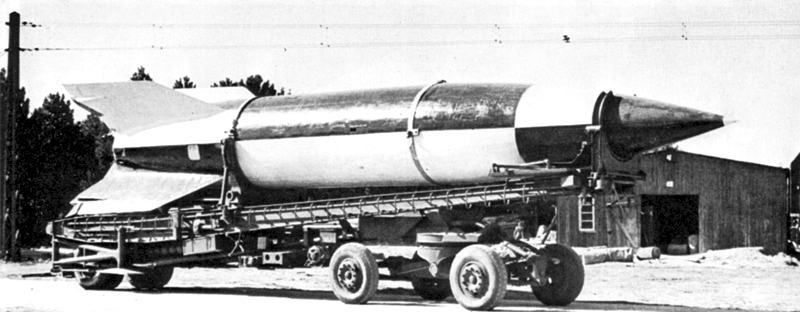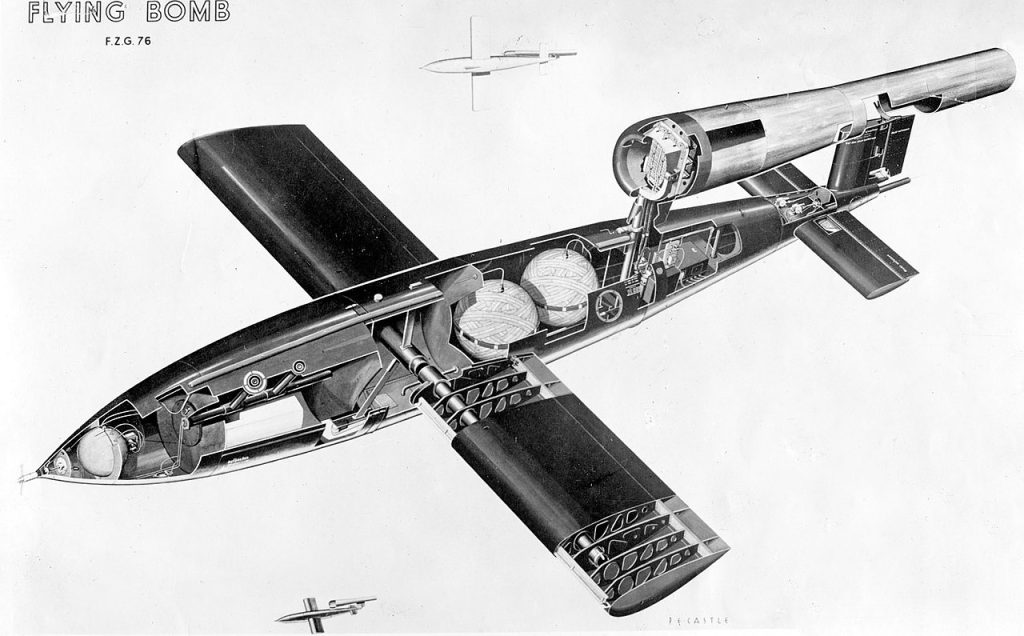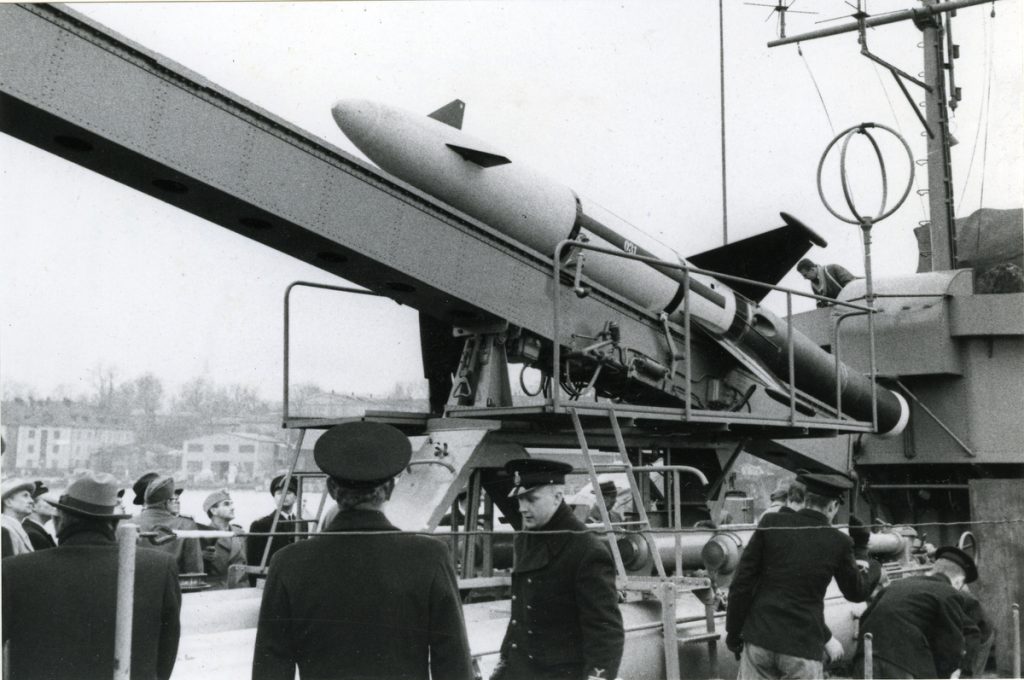The route to the Swedish Navy’s first anti-ship missile
The route to the Missile Type RB 08, the Swedish Navy’s first operational anti-ship missile, is a story with many twists and turns, and in which the principal persons involved make an entry late and surprisingly from the side. It is also the story of a tug of war concerning resources of military priorities between on the one side the old order, represented by the Swedish Navy, and modernity in the form of the Swedish Air Force.
Here we start from the beginning, and in the next section we will go into the operational history of the Missile Type RB 08.
Ever since they were introduced, anti-ship missiles have created headlines, and several times provided surprising results, giving admirals all round the world fitful sleep and grey hair. At the present time it is above all the sinking of the Russian missile cruiser Moskva in the Black Sea in 2022 that made a major breakthrough, intensively analysed and will continue to be analysed for several years to come. This is a weapon that provides the weaker protagonist a potential ace up its sleeve and that is underestimated at the opponent’s own risk. It is also a weapon that in a way has an even longer history than one might think.
During the second half of the 19th century both armour, guns and armoured battleships came to dominate the oceans and strategic and tactical thinking. Sweden and other minor sea nations had to adapt the concept to their particular circumstances which in the case of Sweden meant focusing on vessels that could manoeuvre in and utilise the Swedish archipelagos. The result was that battleships were out of the question and their function was replaced to some extent by smaller so-called coastal defence ships with less draught, in Sweden term used av “pansarskepp” which literary means “armoured ship”. Internationally, these ships were difficult to classify and was regarded either as heavily armed and armoured cruiser or called Coastal defence ships or by a more demeaning term pocket battleship.
Sweden and other countries with smaller fleets and large numbers of offshore islands (archipelagos) therefore became very interested in the self-propelled torpedo, and the opportunity it provided for smaller ships, submarines and even fast motor boats to strike hard, even threatening the mighty battleships. In a way the torpedo was the forerunner of the anti-ship missile. The driving force behind the development of the torpedo was that this weapon provided an opportunity for smaller vessels to match up against larger and more heavily armed ships, and for a relatively modest outlay be able to sink expensive battleships and cruisers. When the Germans towards the end of the Second World War started to use airborne radio-controlled glide bombs against Allied ships, it was only a small step towards the idea of “flying torpedoes”.
Aerial torpedoes
In 1944 the Swedish Navy and Army started to co-operate in studying the possibility of introducing so-called “aerial torpedoes”. The idea was to bring about a weapon that would fill the role of what today would be called an anti-ship missile, to be fired either from land or sea, along with a land-based missile to be used against land targets. It was the Torpedo Office within the Navy Administration that together with the Army’s weapons department that commenced this work. At the same time, work was progressing within the Swedish Air Force on a similar weapon that would replace air-launched torpedoes. Sweden had obtained certain knowledge about the German missiles after six V1 flying bombs had crashed in Sweden after test flights from the German coast. In addition, a more advanced V2 missile had crashed at Bäckebo on June 13th 1944. This was given the name “the Bäckebo torpedo” and gave Sweden the chance to study this latest in German weaponry.
One detail that made the Bäckebo torpedo particularly interesting in this connection was that it was equipped with radio guidance equipment to remotely control the weapon. The usual V2 rockets or missiles had a built in inertial navigation system that was set before take-off and steered the missile to the target. It was probably a test vehicle for the Wasserfall project.

A Wasserfall type test missile being fired from the test centre at Peenemunde, Germany, in the autumn of 1944. Picture source: Bundesarchiv, Bild 141-1898 / CC-BY-SA 3.0
In 1941 a project was started at the German testing station at Peenemunde (where both the V1 and V2 missiles were developed) that was intended to create a radio-controlled anti-aircraft missile. The project was given the name Wasserfall, and several prototypes were fired during the Second World War. The Wasserfall missile was a reduced scale V2, so the Bäckebo torpedo was thus not a Wasserfall but a V2 that had been equipped with a Wasserfall guidance system for testing. Even though the Germans eventually refined the missile itself, they never during the War managed to construct an operational weapon. What was missing was a system to ensure that the missile would hit its target or at least detonate close by. It was impossible for an operator on the ground to see how close the missile was to its target when it was thousands of feet up in the air, especially if the target directly above. The German never managed to develop a working proximity fuse, which would sense when an aircraft or other target was nearby and detonate automatically, nor did they succeed in devising a working method to guide the missile by radar.
However the wreckage gave Sweden an opportunity to study the absolutely latest German weapon technology and provided important information. Afterwards the material was sent by air to Great Britain, which therefore was also given the chance to study the German weapon and understand its capacity already before the first V2 weapons arrived in Great Britain in September 1944.

A V2 on its transport trolley. Photo Imperial War Museum
Saab begins and the Central Directorate takes over
In 1945 a Swedish delegation made a study visit to Great Britain, who by the end of the War had collected an extensive amount of material concerning the German missiles. The Swedish Central Directorate for Reaction and Rocket Propulsion then ordered a number of aerial torpedo prototypes from Saab, which were delivered in 1946, whereupon testing could begin in earnest. They started on the basis of the V1, which was the simplest missile and considered as the cheapest. Right from the start, a more advances guidance and gyroscopic system was designed than was used in the V1.

A cutaway view of a V1, showing its design. Picture source: US Air Force
The first model was called the Missile Type RB 310, which was used to test the guidance system and propellant system. This was followed in 1948 by the Missile Type 311, which was a somewhat larger version of the Type RB 310 and was equipped to be able to carry a radar target seeker and radar height monitor. However no type of radar equipment was installed in the Type RB 311 so that missile was mainly used for the same kinds of test as the Type RB 310.
In time the project was taken over by the Royal Air Administration’s Guided Weapons Bureau and the Swedish Air Force Central manufacturing plant in Arboga took over the manufacture of missiles. The Air Force also developed missiles, so that bringing the projects together under one roof was logical. During the 1950s the RB 311 was followed by the RB 315, which was tested aboard the destroyers Halland and Småland which were expected to be armed with this weapon. It was still problematic to make a radar target seeker and a radar height monitor, so for the time being the missiles were guided by radio signals and with a pre-programmed computer. However in general this was a step towards a complete weapon and in the 1950s 193 Type RB 315 missiles were made.

A Missile Type RB 315 on its launching ramp on the destroyer Halland. Photo: Sjöhistoriska museet
At the beginning, the work assumed that the flying torpedo would, in its final stage, dive into the water and continue underwater, like a conventional torpedo. Gradually this idea came to be abandoned, as it introduced too many complications.
The Missile Type RB 315 was no longer a development of the V1, as the earlier missile prototypes had been. Instead it was a reminder to some extent of today’s anti-ship missile Type RB 15. No longer taking the shape of an aircraft with its wings, it was instead equipped with two sets of guidance fins, four at the front and four at the rear, just as they would be on a rocket. In many ways the Missile Type RB 315 was much closer to a complete weapon, even though it still had no radar target seeker or radar height monitor.
Everything seemed fine, except that in 1957 the manufacture of the Missile Type RB 315 was stopped by the Guided Weapons Bureau. To be sure, testing continued until 1959, but actual manufacture had ceased. The reasoning for this was that it was necessary to concentrate resources on the Air Force’s Missile Type RB 304. This was a rational decision but there is a possibility that the rivalry between the two armed forces played a role. The Guided Weapons Bureau was after all a part of the Air Force Administration and it is not so strange that it looked after its own defence branch. The Air Force would be prioritised over all else.
This meant that after 12 years work the Swedish Navy was being cast aside. To be sure it now had a huge repository of knowledge that would be of future value, but this was little comfort for the Navy just then. It also turned out that the Air Force had now taken over the role as the front line of defence against an enemy invasion. It is interesting to note that when the Missile Type RB 315 project was cancelled progress was more or less equal to that of the Soviet Union’s development of the Missile Type P-15 Termit, to which the West had assigned the code name Styx. This missile entered service in 1958-1960 and became the first shipborne anti-ship missile. But because the Swedish Navy was prevented from getting its Missile Type RB 315, it was now lagging behind its probable opponent and the need for a shipborne anti-ship missile was even more acute than earlier.
